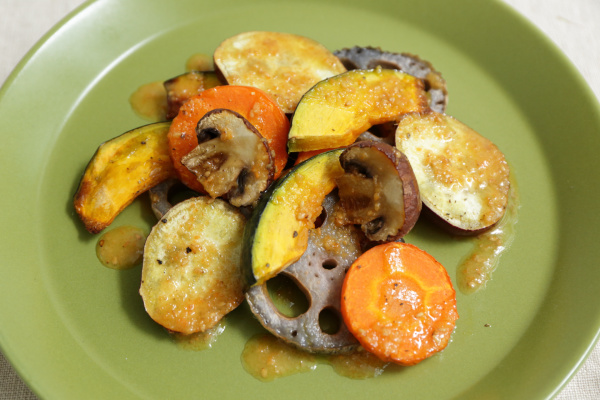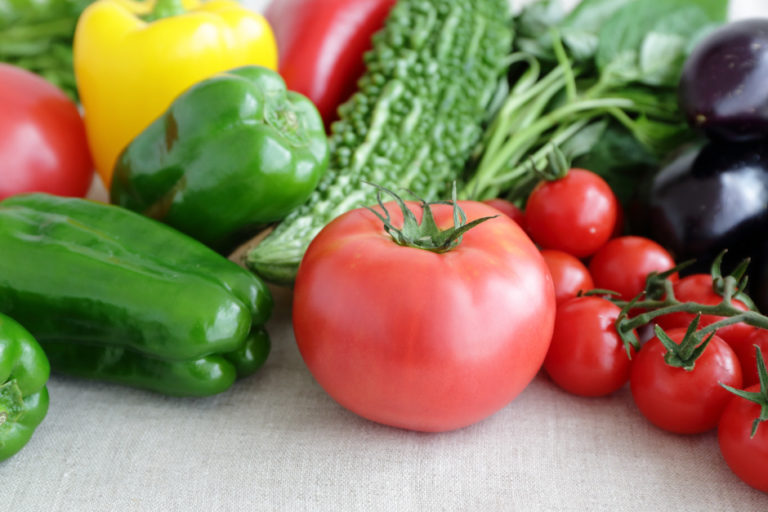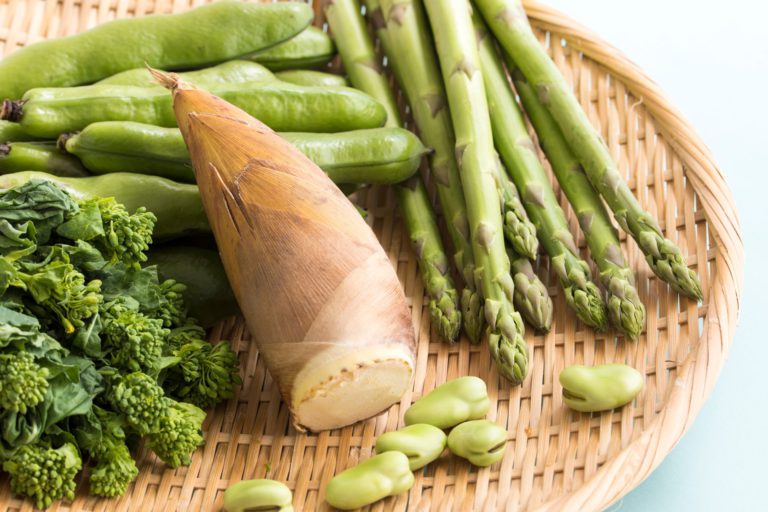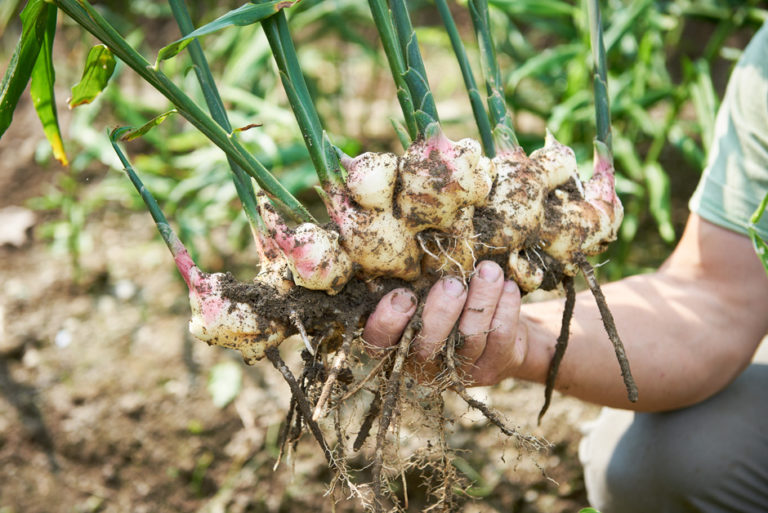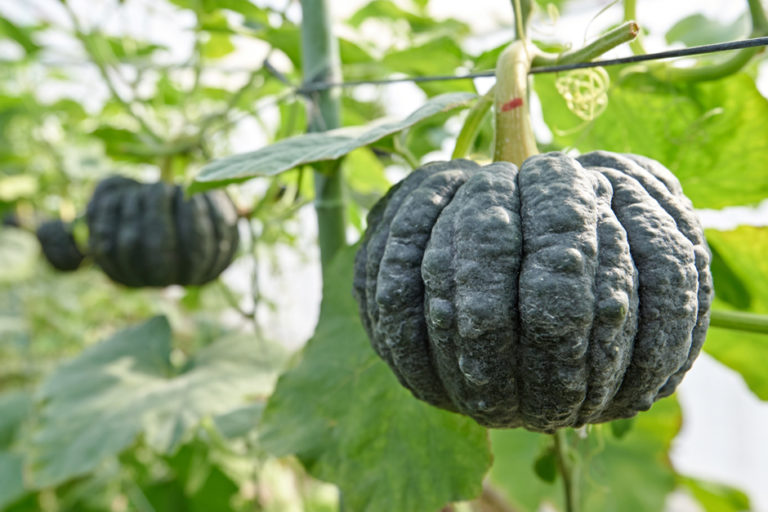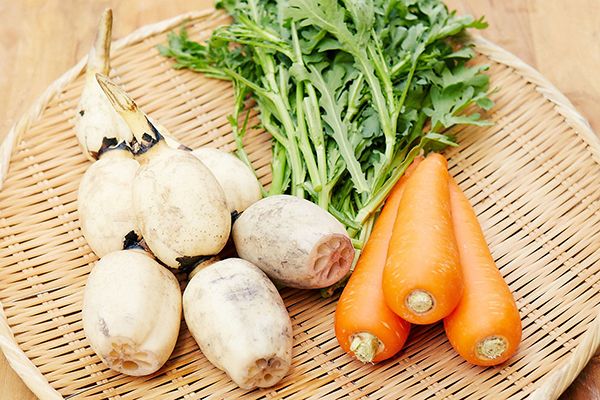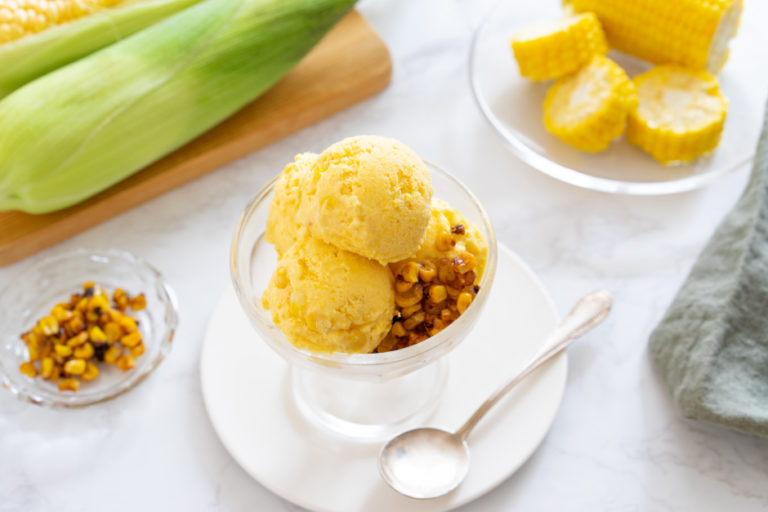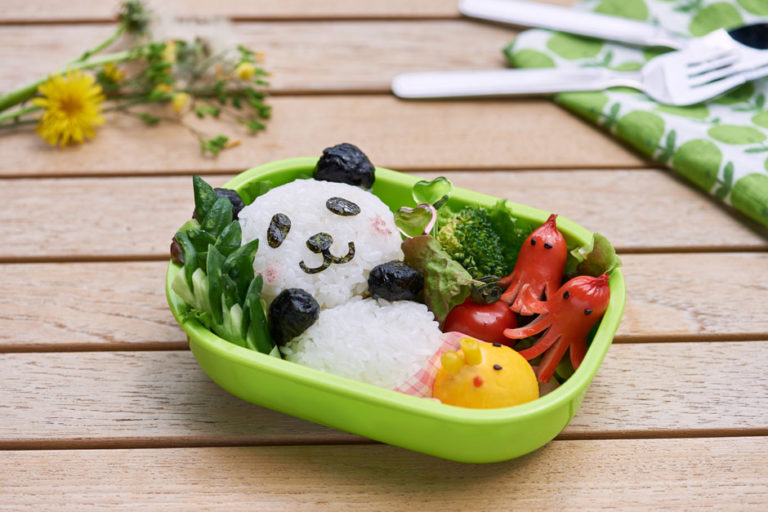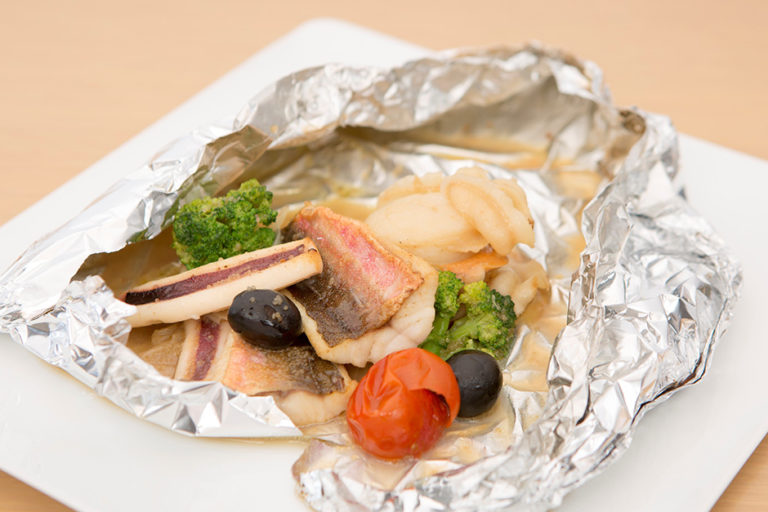Get in Shape with the Taste of Fall Vegetables
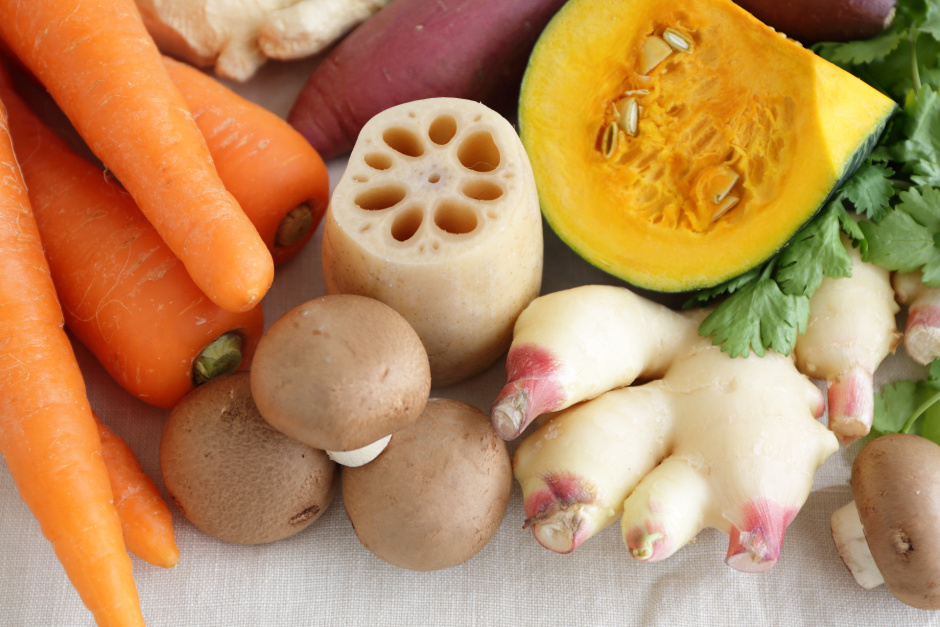
Fall vegetables completely warm the body in preparation for winter
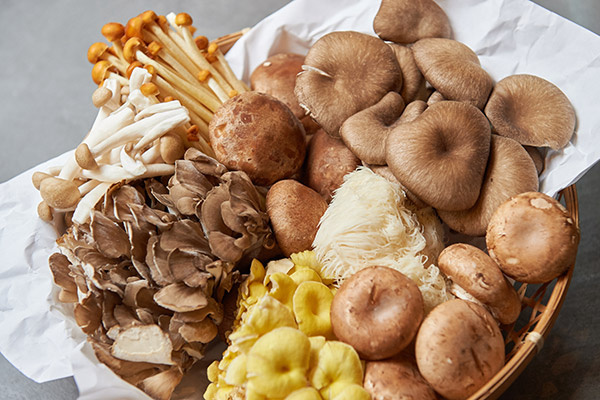
Fall is when our bodies are still fatigued from the hot, humid summer, and our bodies tend to become unwell as the temperature difference between morning and evening widens. Let us prepare for the cold winter by eating warming, in-season foods that are packed with goodness.
The fall fixture, mushrooms, are well-balanced ingredients in that they are low in calories and have satisfying umami, aroma and texture. They also contain many health-giving nutrients such as vitamins, insoluble dietary fiber and minerals.
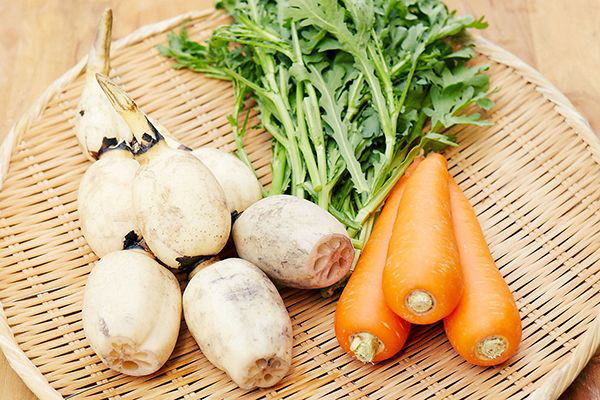
Many root vegetables such as carrots, potatoes, onions, burdock and satoimo (taro) are ready for harvest in the fall. Many of them are rich in vitamins and dietary fiber, including β-carotene in carrots. Vitamin C in potatoes is protected by starch, the main constituent of potatoes, and it is good to know that the vitamin is less likely to get lost in the cooking process. They are foods you will want to cook, and you will enjoy eating them to warm the body as the temperature begins to drop day by day.
Root vegetables tend to have a concentration of nutrients in the skin or the flesh closer to it. Therefore, it is best to cook with the skin on or after peeling a thin layer off.
Here are several characteristics of fall vegetables and some expert tips for picking the best.
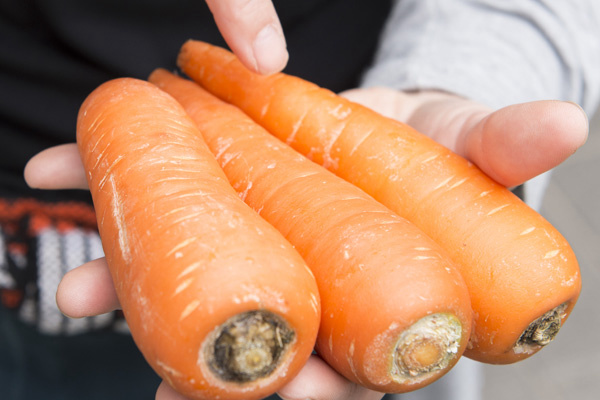
Carrots
New-season carrots are available in the spring, but they are in season from fall to winter. Carrots are harvested in the summer in Hokkaido, and those in Chiba are picked starting in mid-October.
The carrot skin is sweet and packed with nutrients, so it is recommended to rinse and eat carrots raw without peeling if it doesn’t bother you.

Smaller carrots are believed to be higher in sugar, and the fat and chunky ones are packed with nutrition and flavor compared with long, slender ones. To find carrots with thinner cores, look for ones where the top’s base has a smaller diameter. Carrots are believed to be rich in nutrients the darker they get. Also, look for fine white lines on the surface as this proves that they grew slowly while storing nutrients.
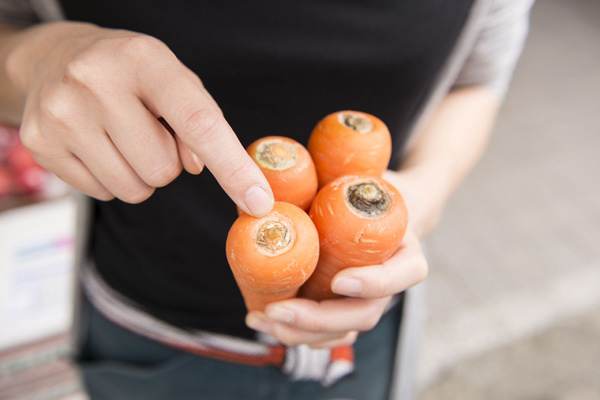
Do not boil carrots, rather cook or bake them raw to preserve their nutrients (such as vitamins).

New ginger
Ginger grown in greenhouses appears in shops from early summer, but new season ginger growing outdoors reaches its peak from October to November. Ginger roots stored in dark, climate-controlled rooms are available throughout the year and taste delicious.
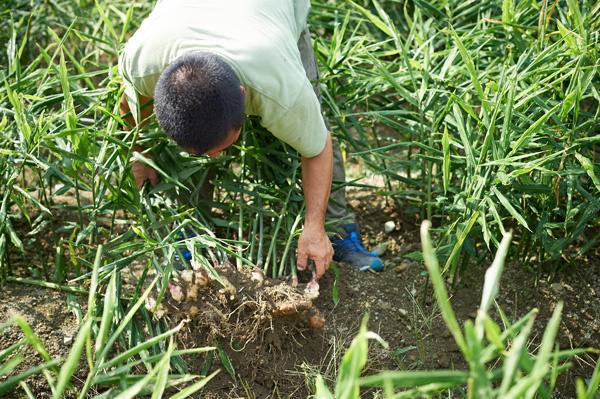
When picking new season ginger, make sure it has quite a bit of red on the surface. If it comes with stalks, choose one with firm, thick ones, although they vary by variety and growing conditions.
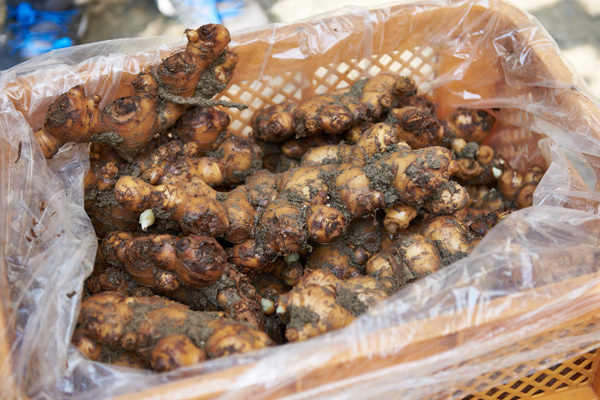
Shoichi Kirishima, who grows ginger using natural farming methods in Shimanto, Kochi Prefecture, recommends crispy tempura of new season ginger made by deep-frying battered ginger matchsticks.
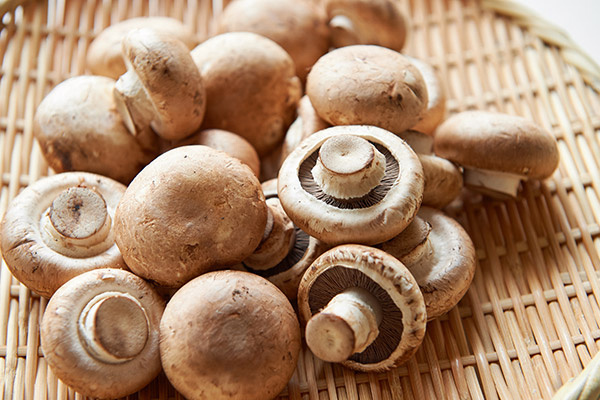
Mushrooms
The mushroom season may vary by year, but it usually falls between mid-September and early October when Japan sees a long spell of rain in the fall. Since mushrooms pop up under favorable conditions with moderate temperature and humidity, there are about two weeks in the early spring that may also be regarded as a mushroom season.
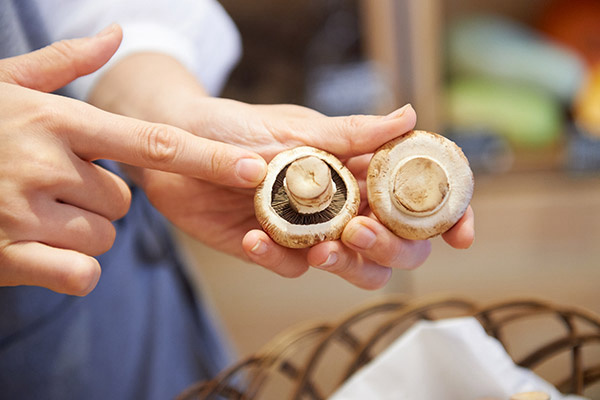
It is understood that mushrooms grew naturally in stable manure in ancient Europe. Some farms are said to base their practice on such beginnings and go out of their ways to source Australian wheat straw from the Kyoto Racecourse to make mushroom beds.
When picking mushrooms, choose those that are round and regular in shape, as the size does not influence the flavor much.

Since tightly closed young mushrooms are juicy, they are best enjoyed by slicing and using them raw as a salad garnish. In contrast, ones with caps that have started to open up have a strong aroma as they begin to produce spores, so enjoy the scent by pan-frying or stewing. If you buy a whole bunch and have some left over, pickle them to enjoy them longer.
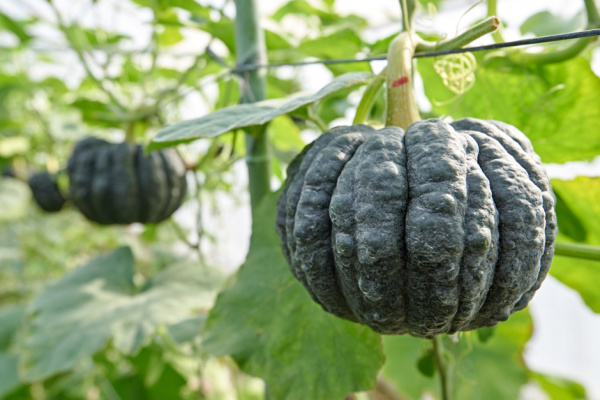
Black-skinned Pumpkins
Western pumpkins with a fluffy texture grown primarily in Hokkaido are the mainstream in Japan today. For many years, however, the Japanese ate the watery and sticky Japanese kabocha (pumpkins), which is believed to have come from Portugal in the mid-16th century.
Kurokawa kabocha is the variety that epitomizes Japanese pumpkins. Regions producing Japanese pumpkins have decreased to a few in Japan, but they are grown in Miyazaki Prefecture and other areas where they maintain the tradition. Greenhouse pumpkins have a long season from December to June, but those grown outdoors reach a peak between October and November.
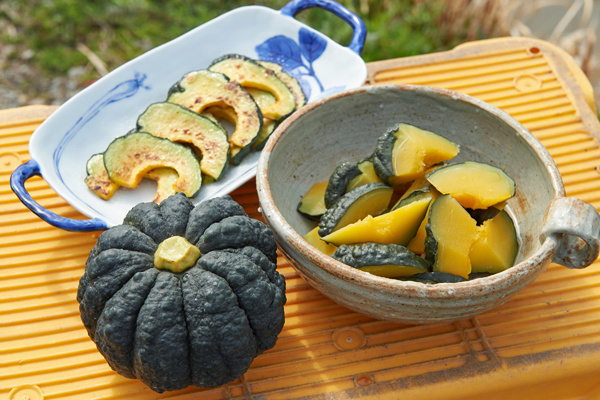
When picking Kurokawa kabocha, choose ones with a yellow peduncle, the bit that connects the vegetable with the vine. It should also have a deep color with a pale and powdery surface. The skin should be smooth and firm. It should also be heavier than it looks.
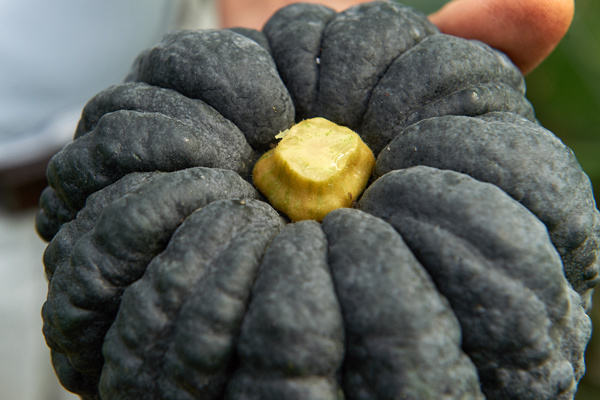
Nobuyuki Tominaga, who grows Kurokawa kabocha in Miyazaki, Miyazaki Prefecture, recommends stewing. He says that it brings out kabocha’s flavor the best. He also recommends using it in miso soup, and oden (type of Japanese one-pot dish) since it does not go mushy.

Renkon
Lotus root’s picking season is long, from July to March, and peaks in the fall. The summer lotus root is semi-translucent and juicy, but it turns milky white and has a soft and flaky texture in the winter. The best way to eat it depends on when it is picked.
Since the lotus root is juicy, has more delicate fibers, and is tender during the early season, it is suited to cooking methods that get rid of the water quickly. Kimpira of julienned lotus roots and subasu made of lotus roots marinated in sweet vinegar sauce, are recommended. They will allow you to enjoy the crispy texture.

Lotus roots can be cooked in any way during the peak season in the fall, but a highly recommended dish is lotus root chips that make full use of their distinctive form. Boil the lotus roots with the skin on at low temperature, slice them thinly in rounds using a vegetable slicer, pat dry, and deep-fry until crisp. They are excellent as a snack for children and as a salad garnish.
As the lotus root skin becomes tight and the fibers get thicker in the late season as harvest winds down, slow cooking is recommended. Cut them in rounds to make tempura or deep fry them, or cut them roughly for a stew. You will enjoy their fluffy texture.
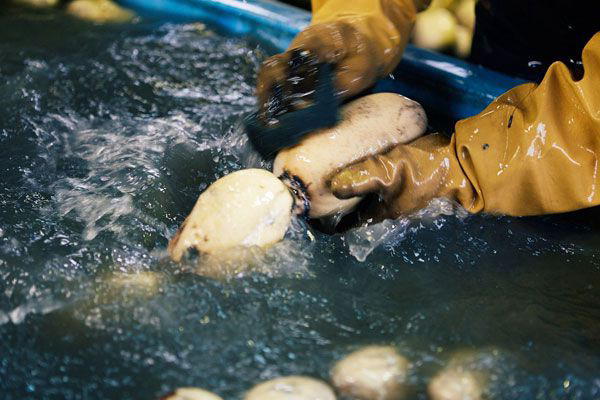
Since lotus roots discolor when they are exposed to air, it is best to choose fresh ones without blemish. According to Miyamoto, who runs a lotus root farm in Inashiki, Ibaraki Prefecture, it is best to avoid unnaturally white ones as they may have been bleached. Remember to wrap them in a food wrap to prevent air exposure when storing them at home.
It is said that lotus roots that are plump and round and have eight evenly sized holes grew healthily and are delicious.
Bringing Out the Umami of Fall Vegetables: A Salad Recipe
Here is a recipe that uses all of the fall vegetables we have introduced. It is for a warm salad that is packed with in-season root vegetables you will want to enjoy.
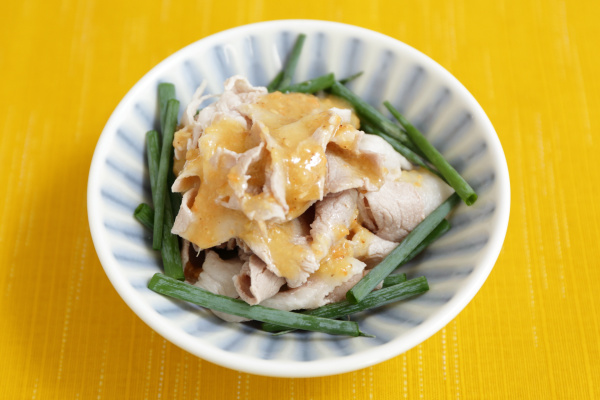
The ginger and aromatic vegetable dressing introduced previously also pairs well with grilled meat, fish and shabu-shabu pork. You will not only enjoy the umami, but you will also soak up all the nutrients and vitamins of the raw vegetables.
It is the time of the year when it gradually gets colder. Let us live well by getting nutrients from in-season vegetables while enjoying the bounty of fall ingredients.

